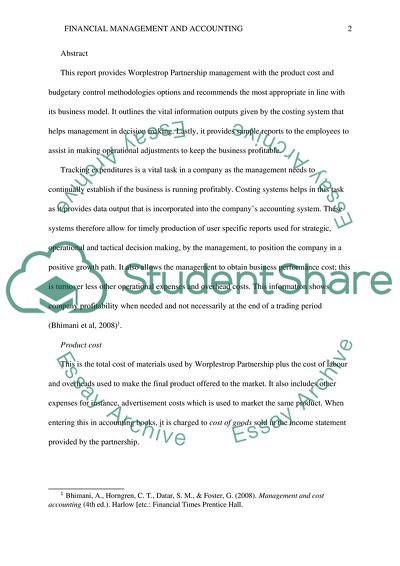Financial and Management Accounting Individual Assignment Essay. https://studentshare.org/finance-accounting/1772992-financial-and-management-accounting-individual-assignment
Financial and Management Accounting Individual Assignment Essay. https://studentshare.org/finance-accounting/1772992-financial-and-management-accounting-individual-assignment.


